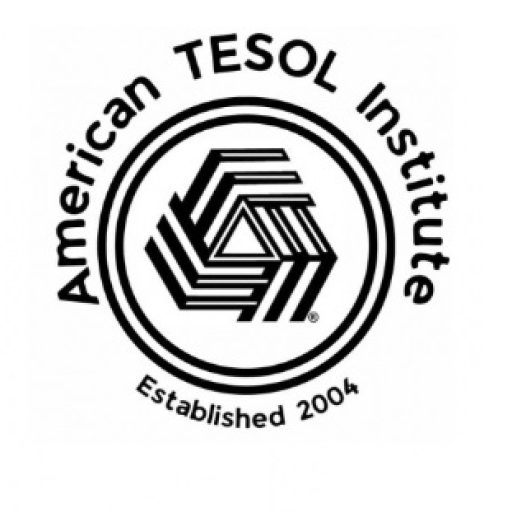In 2024, technology is an integral part of our daily lives, and education is no exception. However, integrating technology into the classroom can sometimes be met with resistance from parents who may have concerns about screen time, distractions, or the effectiveness of digital learning tools. It’s crucial for educators to build strong partnerships with parents and effectively communicate the benefits and strategies of using technology in education.
Addressing Parental Concerns
Parents may have various concerns when it comes to technology in the classroom. Some common concerns include:
- Excessive screen time: Parents may worry about the amount of time their children spend looking at screens and its potential impact on their health and development.
- Distractions: There’s a fear that technology can be distracting, leading to decreased focus and engagement in learning.
- Effectiveness: Some parents may question whether digital tools are as effective as traditional teaching methods.
- Privacy and safety: Concerns about data privacy and online safety are also common.
Strategies for Building Partnerships with Parents
- Open Communication: Maintain open and transparent communication with parents about how technology is being used in the classroom. Share the specific tools, platforms, and strategies you’re implementing, and explain how they enhance learning.
- Showcase Student Work: Provide opportunities for parents to see firsthand how technology is being used to support their child’s learning. Share examples of student projects, presentations, or online activities that demonstrate the benefits of technology integration.
- Offer Workshops and Training: Organize workshops or training sessions for parents to familiarize them with the technology being used in the classroom and address any concerns they may have.
- Highlight the Benefits: Clearly articulate the positive impact of technology on student learning, such as increased engagement, personalized instruction, and opportunities for collaboration and creativity.
Demonstrating the Power of Technology in Education
- Personalized Learning: Technology allows for differentiated instruction and adaptive learning pathways, catering to the individual needs and learning styles of each student.
- Enhanced Engagement: Interactive tools, games, and simulations can capture students’ attention and make learning more enjoyable.
- Collaboration and Communication: Online platforms and tools facilitate collaboration, communication, and knowledge-sharing among students, both within and outside the classroom.
- Access to Global Resources: Technology provides access to a wealth of educational resources and information from around the world, expanding learning opportunities beyond the traditional classroom.
Conclusion
Building strong partnerships with parents is crucial for successful technology integration in education. By addressing concerns, showcasing the benefits, and demonstrating the positive impact of technology on student learning, educators can gain parental support and create a more enriching learning environment for all.
Remember, communication and collaboration are key. By working together, educators and parents can harness the power of technology to prepare students for success in the 21st century.



